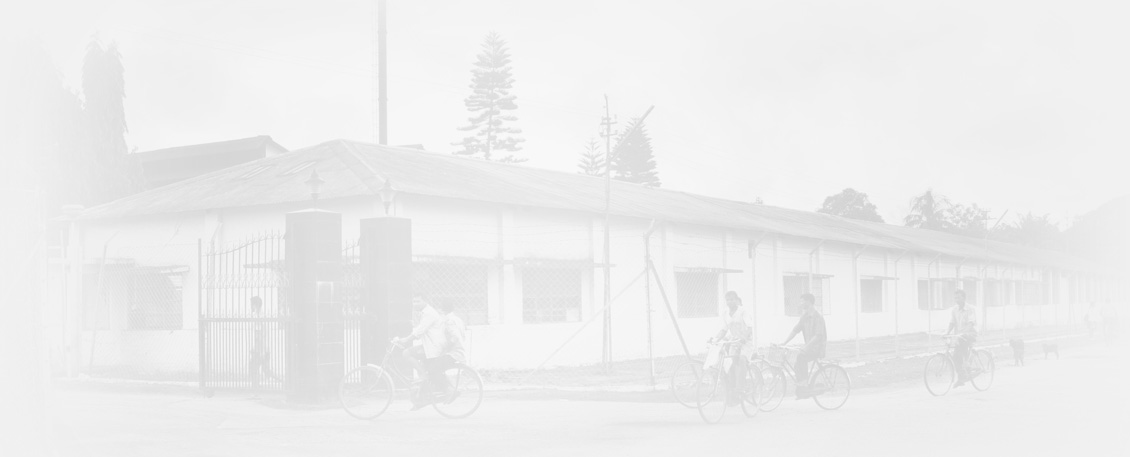History of Tea
Beginning of the Tea Story Legend has it that Tea was discovered by the great Chinese Emperor Shennong more than four and a half thousand years ago. The story says that a leaf from a wild tea bush accidentally fell into a pot of boiling water whilst the Emperor rested under a tree, the leaf then infused its' goodness and the rest, as we know, is history!
Arrival of tea in Britain Tea first arrived in Britain in 1657, when Thomas Garraway sold a quantity of leaf at his coffee house in London's Exchange Alley.
The commercial selling of tea began in London when the East India Company undercut Dutch prices and advertised tea as a panacea for apoplexy, catarrh, colic, consumption, drowsiness, epilepsy, gallstones, lethargy, migraine, paralysis and vertigo.
The imposition of extremely high taxes on tea meant that it remained a rare commodity in England and a luxury item for only the upper classes. This led to the tea being smuggled in from mainland Europe and by 1700, it was estimated that at least two-thirds of all tea drunk in Britain had been smuggled into the country.
Tea was smuggled in from Holland and Scandinavia by sea, and local fishing boats covertly transported the consignment inland through underground passages and hidden pathways. Smuggling continued until 1784, when the Prime Minister William Pitt the Younger, introduced the Commutation Act which slashed the heavy taxes on teas from 119% to 12.5%. The smuggling of tea became unprofitable and ceased overnight.
-
Tea Trivia
- In 780 AD the first book on tea, "Ch'a Ching", was written by the Chinese author Lu Yu. It comprises three volumes and covers stories on tea from its growth through to its making and drinking.
- The modern term "tea" derives from words found in early Chinese dialects, Tchai, Cha and Tay, used both to describe the beverage and the leaf.
- For centuries, tea was used only as a medicine. It was only after several thousand years that tea came to be consumed as an everyday beverage.
- It took several years for tea to become a classic English drink, although tea arrived in England as early as 1657. Initially sold in coffee houses, in the early years, tea was heavily taxed, illegally smuggled, altered, and much fought over.

Tea and a connection to the American War of Independence One of the most highly published events leading to the American War of Independence was the rebellion against heavy taxes on tea levied by the British, the Boston Tea Party. The angry Americans had decided that the British had interfered once too often.
On 16th December, 1773 a mob disguised as Native American Indians, boarded the three British ships in Boston harbor (four ships had left Dartmouth, but one had run aground near Cape Cod). The mob then smashed open the 342 tea chests and threw their contents into the sea. As a result of this action by the Bostonians, other protests started across the East coast with ships carrying tea refused entry at the port. In retaliation, the British government introduced 5 new laws, in early 1774 which became known as the Intolerable Acts. Although intended primarily to punish the people of Massachusetts (the Acts included closing the port of Boston until the tea was paid for, restricting town meetings and giving the British-appointed governor more power), in the event the Acts played a key role in uniting the 13 American colonies against British rule.
In September 1774, representatives of the colonies, including Samuel Adams, one of the Bostonian resistance leaders, met at the First Continental Congress to plan common measures of resistance against the Acts. The united resistance of the colonies would lead to the American Revolution and the Declaration of Independence, which was signed in July 1776, just three years after the Boston Tea Party.
The Tea Clippers Although the age of the tea clippers lasted only two decades, this brief reign was marked by such excitement and enthusiasm for the ships and their cargo that it has gone down in history, famed for its glamour and romance.
During the seventeenth and eighteenth centuries, the East India Company had the monopoly on British trade with China and India. Because no other company could legally import goods from these countries, the Company was rarely in a hurry to transport its merchandise. Rather, its priority was to minimise costs by carrying as much as possible on each ship. This meant that its ships - known as East Indiamen - were enormous, strong and very slow. By 1800, the average East Indiaman could carry 1,200 tons of cargo. Until the middle of the 19th century, the voyage from ports in the Far East to London usually took between 18 to 24 months to make. But, by 1834 the Company had lost its trading monopolies and tea had become a freely traded item.
Recognizing that these old ships faced problems carrying such heavy loads at speed, a more streamlined vessel was designed, capable of carrying far greater cargo at a faster speed. Thus the 'clipper' was born! In fact, it was the Americans who pioneered the first clipper ships. Based on an earlier type of ship called the Baltimore clipper, they were fast and slender, with a narrow hull that was deeper at the back than at the front, and acres of sails on tall masts. Some had as many as six tiers of sails to a mast, and a total of 35 sails. They earned their name from the way that they 'clipped off' the miles.
Soon competition between the tea clippers racing between China and London become a much awaited annual event. The most famous clipper ship was the 'Cutty Sark', built in 1868.
(Source: The UK Tea and Infusions Associations)




